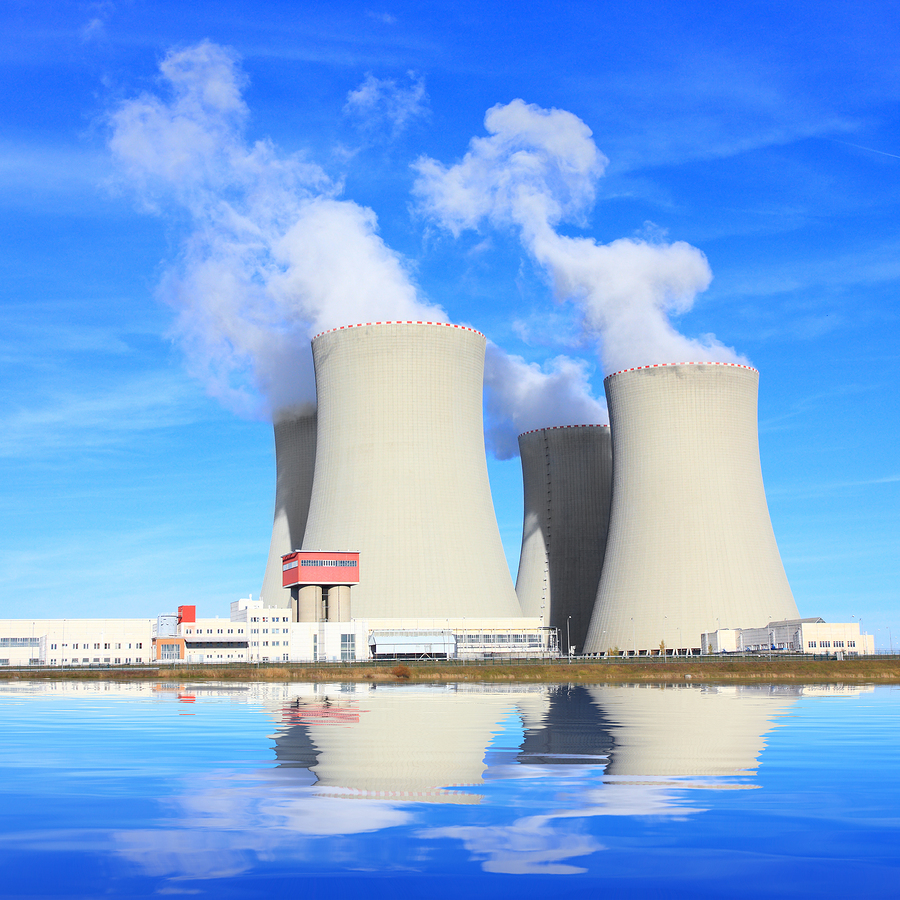The sixth largest producer of nuclear power in the world, Canada plays a significant role not only in operation of nuclear power plants worldwide, but also in controlling the proper operation of Canadian facilities and their decommissioning program, all under the watchful eye of the Canadian Nuclear Safety Commission (CNSC). Let’s look at the situation of nuclear power plants in Canada before finding out about the tasks that a dismantling engineer carries out.
Power plants in a few figures
Canada today has five nuclear power plants located in Ontario (Bruce, Pickering, Darlington), New Brunswick (Point Lepreau) and Quebec (Gentilly-2, which is in a dormant period for 40 years as of 2015). In total, there are no less than 19 nuclear reactors in operation – or 137,184 hours each year – producing close to 15% of the country’s total energy. With its 200 employees, the CNSC can carry out the various tasks entrusted to it such as regulating the full life cycle of the power plants and ensuring that the decommissioning activities (closure or dismantling) are conducted in accordance with the Nuclear Safety and Control Act. Thus in 2016 4,859 inspections were conducted, 49,534 tests of safety systems were carried out to ensure the quality and reliability of the facilities (zero accidents affecting health or the environment occurred). The decommissioning plans for nuclear power plants are spread out over a very long period of time (50 years) and the CNSC requires that any application for operation of a new nuclear power plant includes this document, in which the method that will be used to decommission the site when the time comes is spelled out.
Dismantling engineer
Whether he wants to work in a power company, an engineering office that specializes in nuclear dismantling or in a nuclear dismantling and remediation company, the engineer will have to demonstrate his skills in mechanics, processes, civil engineering and electricity as well as certain abilities in safety, nuclear measures and radioactive waste. The variety of his assignments will include identifying and assessing the condition of buildings, equipments and areas to be dismantled; estimating the level of risk; defining decommissioning methods and strategies; calculating the cost of the operation and proposing a schedule; writing and submitting a dismantling file; staying abreast of the latest technological developments in terms of products, equipment and materials; defining the waste from decommissioning; planning a waste management strategy; organizing controls for measuring contamination and irradiation; supervising the execution of the work and, if necessary, coordinating the work of various service providers.
Although the Canadian nuclear sector follows global trends, it does not have a bright future ahead of it, according to the data revealed in the World Nuclear Industry Status: in 2016, there was a timid increase of 1.4% of global nuclear production driven by Chinese production (+23%); lower number of reactors being built globally (68 at the end of 2013 and 52 in mid-2017) and a strong propensity to abandon or suspend reactor construction (91 between 1977 and July 2017). However, this news is not so ominous for the dismantling engineer…
